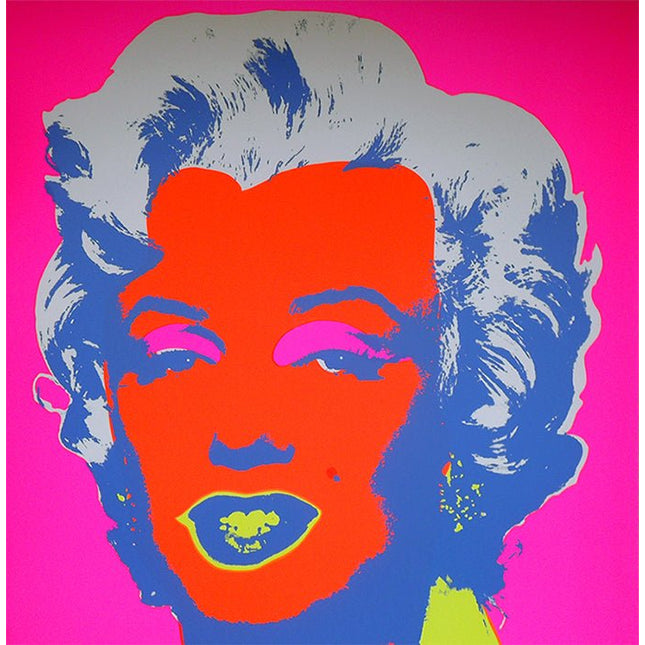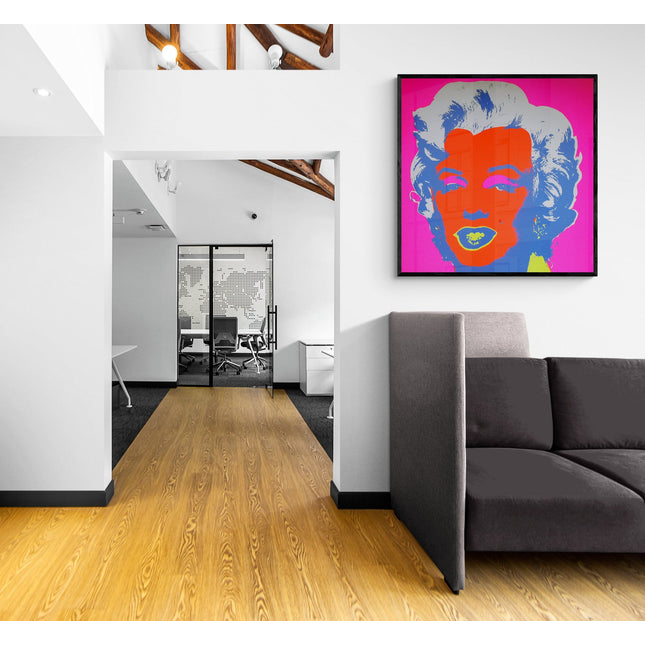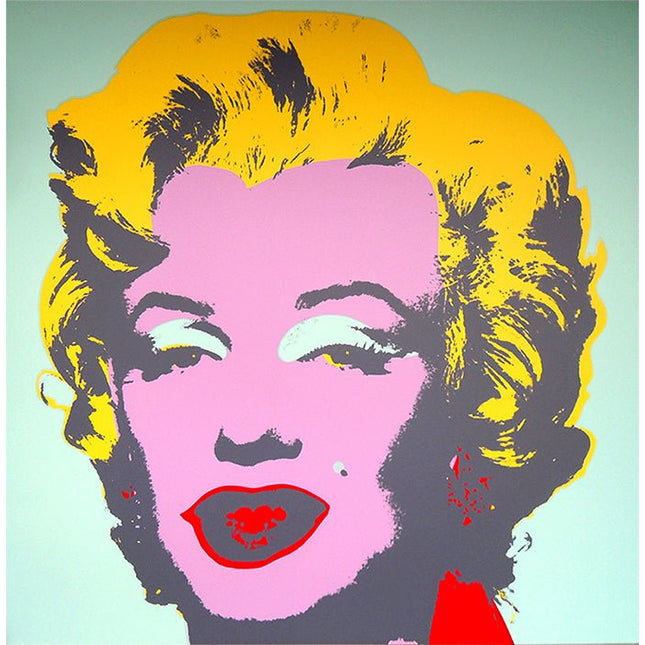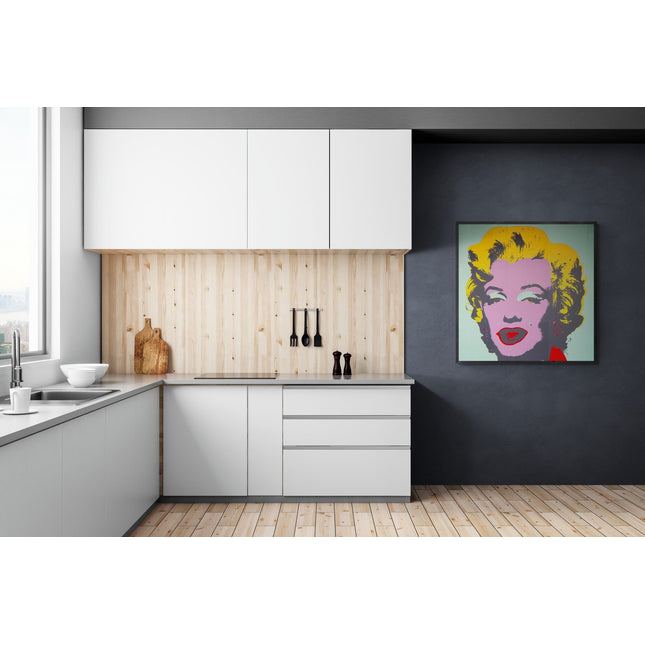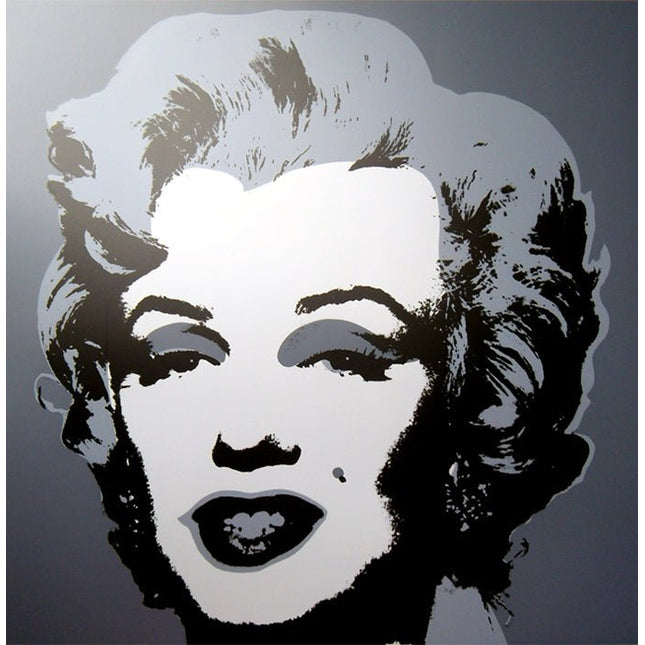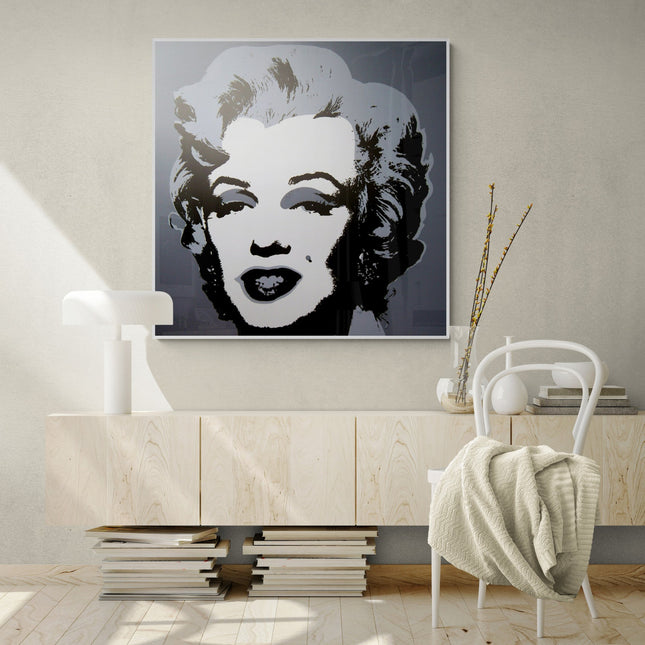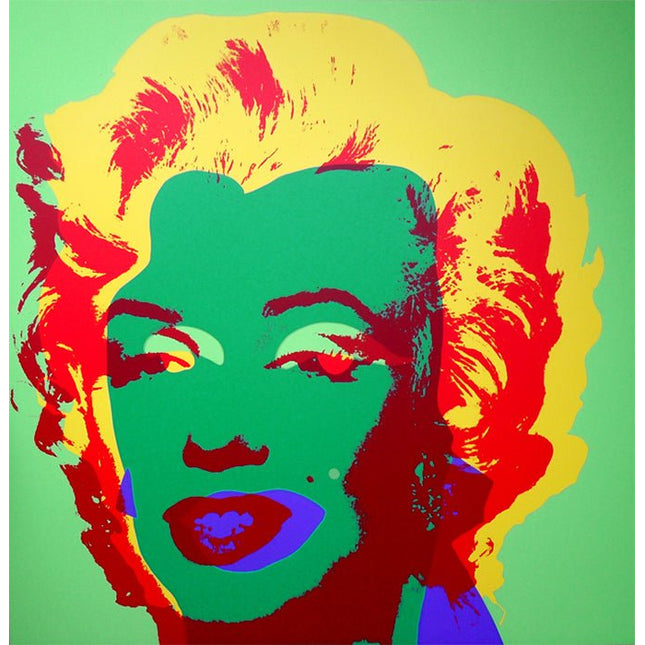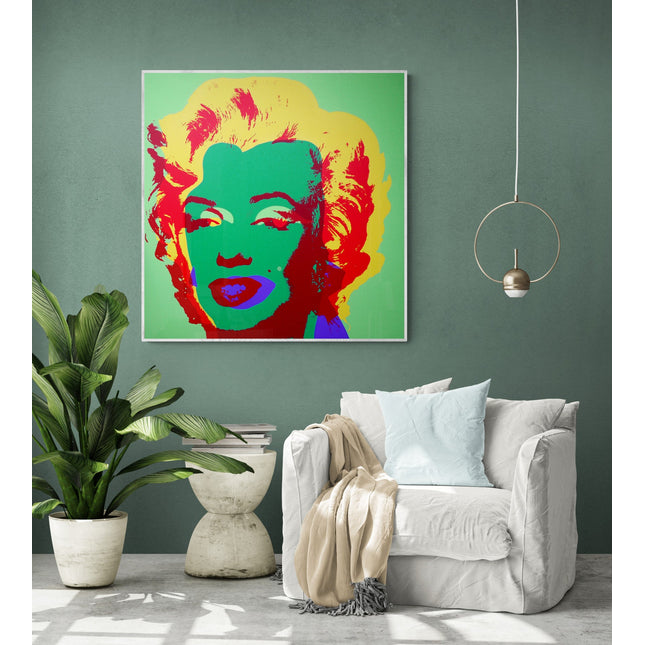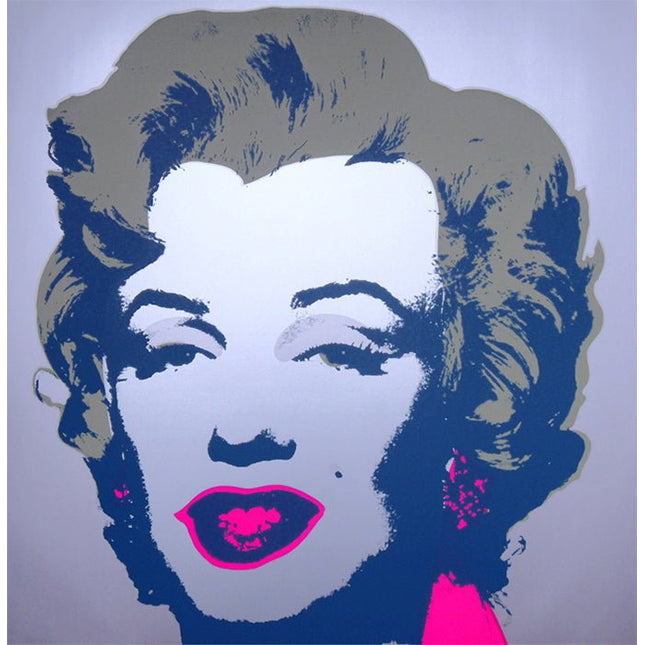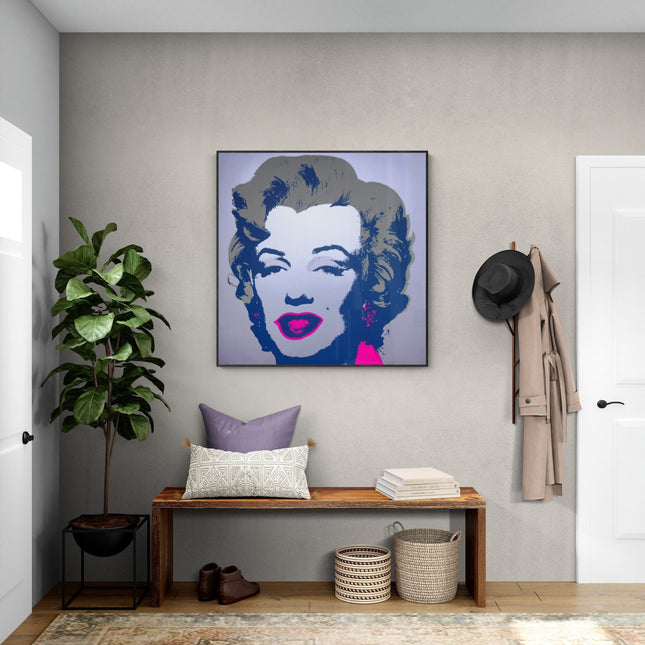Screen print on museum board paper after Andy Warhol and published by Sunday B. Morning. Inscriptions on the back: "Published by Sunday B. Morning" and "Fill in your own signature". These prints are found in Feldman & Schellmann's "Andy Warhol's Catalogue Raisonne". Certificate of authenticity issued by Sunday B. Morning included.
Since its release, the Mao series has been subject to multiple interpretations. Some critics see it as a direct satire of communist propaganda, while others interpret it as Warhol’s genuine fascination with the image of absolute power.
On one hand, the decontextualization of Mao’s portrait and its pop treatment seem to ridicule the cult of personality promoted by totalitarian regimes. By applying bright colors and a playful approach, Warhol turns Mao’s image into something superficial and decorative, stripping it of the ideological weight it originally carried in China.
On the other hand, Warhol always avoided making explicit political statements. His work was often interpreted as ambiguous, and in the case of Mao, some argue that rather than a critique, it is a reflection on the universality of power. In fact, Warhol was always fascinated by influential figures, from Jackie Kennedy to Mick Jagger, and Mao simply joined his gallery of global icons.
Interestingly, Warhol visited China in 1982, a decade after creating the Mao series. However, his collection was never exhibited in the country during his lifetime, as the leader’s image remained an extremely sensitive subject in Chinese society.
